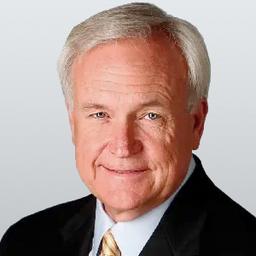Roughly a third of those that lost population were located in New York and California. The three largest cities in the United States—New York, Los Angeles, and Chicago—all lost population again in 2023. Between the three cities, more than 700,000 people have left since the 2020 census. New York is by far the biggest loser at 546,000. That is about 6.2 percent of its 2020 population.
Texas had the most cities with more than 200,000 residents gained, with 14. Several of its suburban cities, such as Frisco, Round Rock, and Denton, grew at jaw-dropping rates of up to 5 percent in a single year. Texas’s five largest cities—Houston, San Antonio, Dallas, Fort Worth, and Austin—all had positive population growth. However, all, with the exception of Fort Worth, had growth rates that were well below the state average. San Antonio and Fort Worth had the most new residents of any U.S. city, with just under 22,000 each.
Florida is home to nine cities with more than 200,000 residents. All of those had growth rates of about three times the national average. Its largest city, Jacksonville, will likely be the first city in Florida to exceed 1 million residents later this decade. The individual city numbers are a little misleading for Florida because it has a large number of medium-sized cities. If you have ever driven the Atlantic coast, you know that it is almost a nonstop chain of city after city.
Cities in the Carolinas also had impressive growth rates. Charlotte, North Carolina’s largest city, grew by 1.74 percent. Several of Las Vegas’s suburbs also saw significant growth last year.
To me, the results of the Census estimates for the year once again confirm that Americans are voting with their feet against the supposed utopia of dense, urban living promoted by so many urban “planners.” Yet I constantly hear from the latest generation of “urbanists” how the American people are clamoring for walkable, transit-dominated cityscapes. With more than 90 percent of Americans making a different choice, that clamoring seems to be mostly illusory. We need to plan and make our public investments accordingly.







